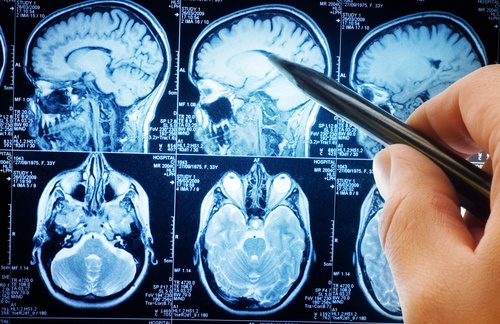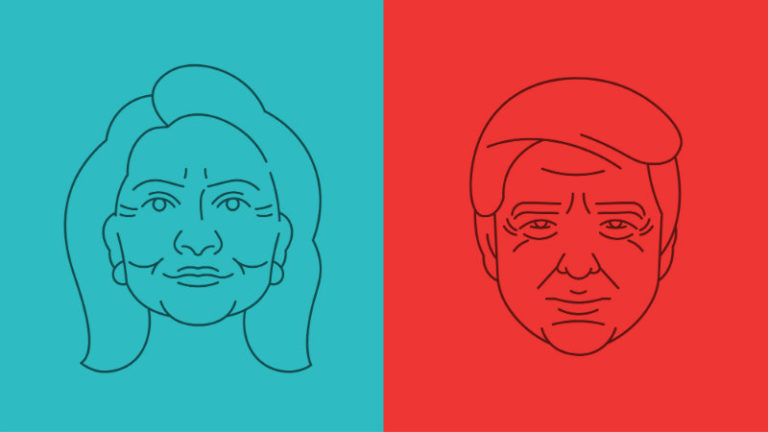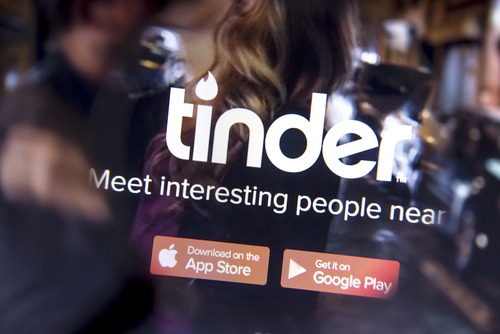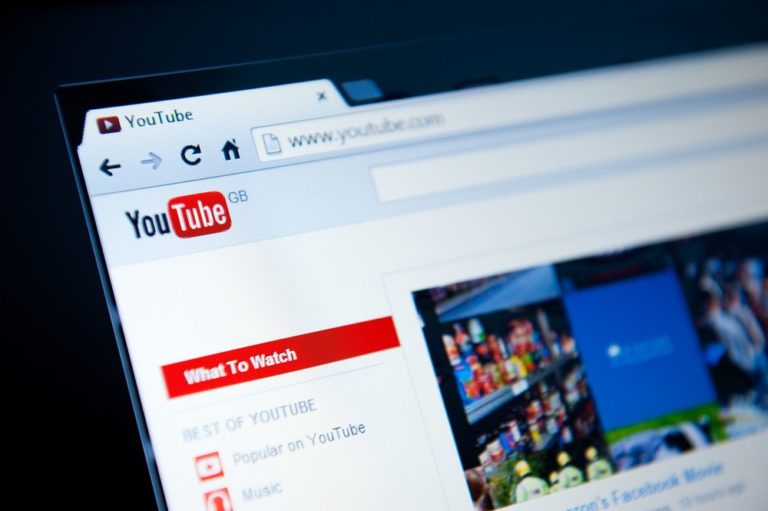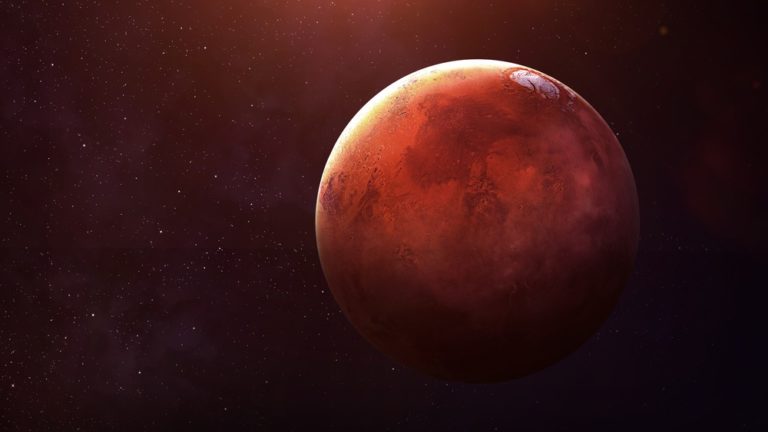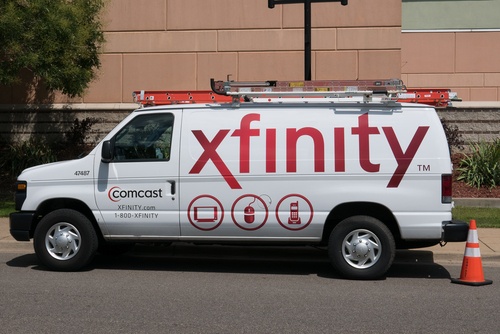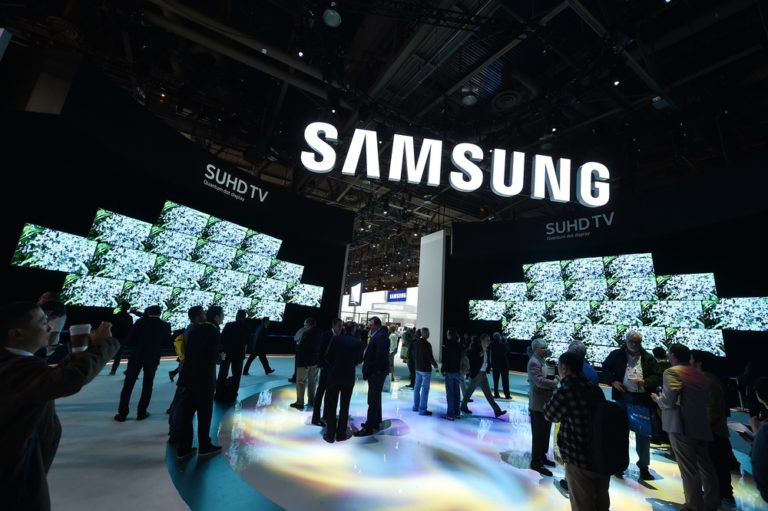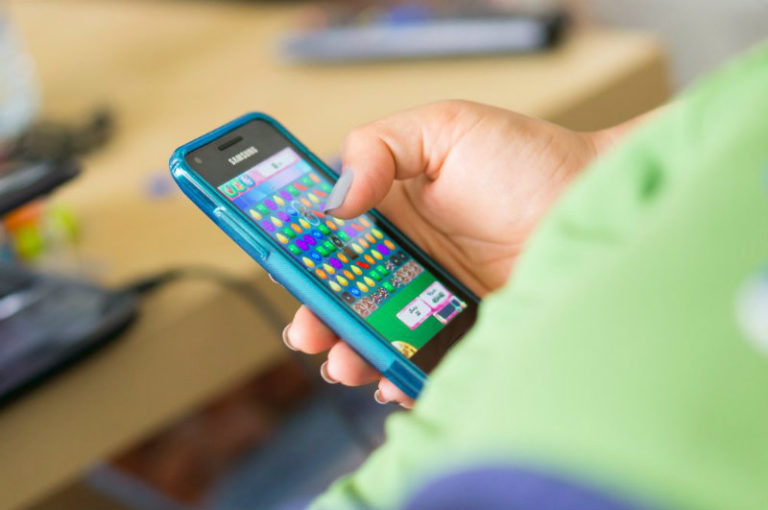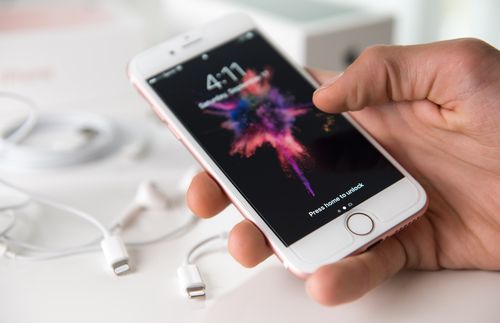A new study researching the health records of prostate cancer patients finds a common prostate cancer treatment may be linked to increasing the risk of dementia.
Researchers at the Stanford University School of Medicine and the University of Pennsylvania Perelman School of Medicine examined medical records of men diagnosed with prostate cancer and who were also treated with testosterone-lowering drugs. The research results found that those patients receiving testosterone-lowing drugs were twice as likely to develop dementia within the next five years in comparison to prostate cancer patients who did not receive testosterone-lowering drugs.
Testosterone can promote the growth of tumors in the prostate. Oncologists have used androgen deprivation therapy, ADT, to lower testosterone levels and other androgens linked to prostate cancers. It was a common treatment since the 1940s. In the United States, about 500,000 men receive ADT therapy as a treatment for cancer.
The study was published in JAMA Oncology by lead author Kevin Nead, MD, a resident at the University of Pennsylvania who got his medical degree at Stanford. Researchers examined nearly 10,000 patients with prostate cancer. Of the 1,829 patients who received ADT therapy, 7.9 percent developed dementia within five years, comparison to the 3.5 of those not treated with ADT.
“The risk is real and, depending on the prior dementia history of the patient, we may want to consider alternative treatment, particularly in light of a recent prospective study from the U.K.,” said Shah, associate professor of biomedical informatics research at Stanford and the paper’s senior author.
A man’s prostate produces the flood that helps transport sperm. However, prostate cancer affects more than 2 million people in the United States and more than 200,000 men are diagnosed every year. Typically, prostate cancer causes symptoms such as problems urinating and has the possibility of spreading to other parts of the body. Prostate cancer is typically rare in men younger than 40 but, the chances of having prostate cancer increase as men get older. Research has shown that 6 in 10 cases of prostate cancer are found in men 65 and older. In addition, prostate cancer tends to occur more often in African American men and men of African Ancestry than in men of other races. African American men are are also more than twice as likely to die from prostate cancer than Caucasian men.
If cancer is detected and localized to only the prostate, then the disease is curable through surgery or radiation. However, studies have shown that a patient’s life expectancy should be greater than 10 to 20 years from the time of the prostate cancer diagnosis because, prostate cancers are grow slowly and many men are more likely to die from other diseases before they die from prostate cancer.
Dementia is a general term linked to symptoms of memory loss and abnormal behavior. Dementia is caused to physical changes in the brain. There are several different types of Dementia diseases including Alzheimer’s disease, Huntington’s disease and Parkinson’s disease. However, Alzheimer’s disease is the most common type of dementia accounting for 60 to 80 percent of cases. Symptoms including difficulty remembering conversations, names or even events. Later symptoms including poor judgement, confusion and behavior changes.
Despite the results, Nead and Shah cautioned prostate cancer patients who are receiving ADT treatment should talk to their physician before making any changes to their medications.
